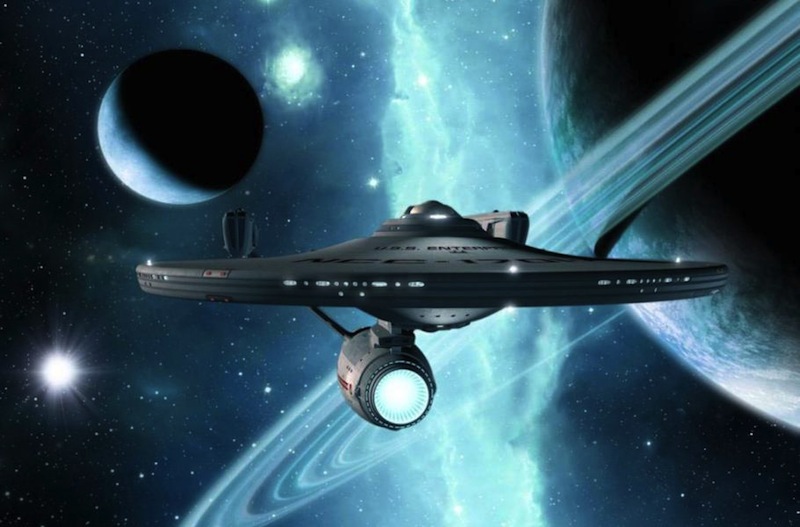
When it comes to our concern for climate action and a push for zero waste, the sky is not the limit. Our last two articles have been about global climate change awareness events, like our articles Only One Earth and The Heart of our Planet. Today we are going to continue the conversation about pollution, but we are moving the scope beyond our planet. Space pollution is a topic of great interest among astronomers and space-nerds alike, but what does it actually mean? How could there be pollution in outer space, and what does it mean for us here on earth?
This issue, just like our pollution problem here on earth, has been a long time in the making - we have been launching things into space since the ‘60s. According to NASA, there are over 500,000 pieces of space junk orbiting the earth ranging from the size of a marble to the size of a football field. They also say that there are over 100 million particles the size of a grain of salt, all orbiting the earth at an average speed of 28,000 km/hour (about three times the speed of a commercial airplane). All of this data is only what Nasa has been able to track over the years, meaning that there is probably a lot more out there than we aren’t aware of.
What is considered to be “Space Litter” can be both natural and human-made. Naturally occurring debris and particles, such as comets and asteroids, are not considered harmful to humans or our planet (if you could ask the dinosaurs, they might say differently… but we can only control so much). Human-made particles, however, can cause damage to space shuttles, endanger astronauts, and interfere with satellites. This debris threatens services we heavily rely on like weather forecasting, GPS systems, and telecommunications. Human-made space debris encompasses any non-functional parts from satellite launches, spacecrafts, and rocket stages which can include radioactive materials and residual fuel.
Why is this problematic?
Well, to us directly here on earth, it isn’t. It is however extremely disruptive to any space exploration we intend to do as a species in the future or any visits we would potentially entertain from alien life forms. All 500,000 of the aforementioned pieces of debris the size of a softball or larger are considered mission-ending threats because of the ability they have to impact protective systems, fuel tanks, and spacecraft cabins. And that grain-of-salt-sized debris? They have the power to tear through a space suit, presenting a huge risk to astronauts on any of these missions (NASA, if you’re reading this, Econyl is an extremely durable material that can be used in so many different ways…)
What are we doing to solve this problem?
Luckily there are movements and organizations that have engaged in finding a solution to clean up our orbit. The United Nations Committee on Peaceful uses of Space (UNCOPUOS) has established guidelines that countries and private organizations must follow to slow the creation of space pollution. There are also some interesting clean-up projects that are already taking place. ELSA-d (standing for End of Life Services for Astroscale) is a Japanese mission dedicated to finding solutions to bring its waste that is no longer needed in space back down to where it came from. There are some very creative, futuristic missions in the works at the moment as well. ClearSpace1 is a European Space Agency’s mission to remove space junk from orbit using four robotic arms, and they are expected to launch in 2025. There was also an experiment led by the UK’s Surrey Space Centre that tried a method of removing debris from space using a harpoon!
Once everything is said and done, the lesson to be learned here is that a zero-waste approach is what’s best for everyone, down here on earth and up in space.
Kirk out.


















